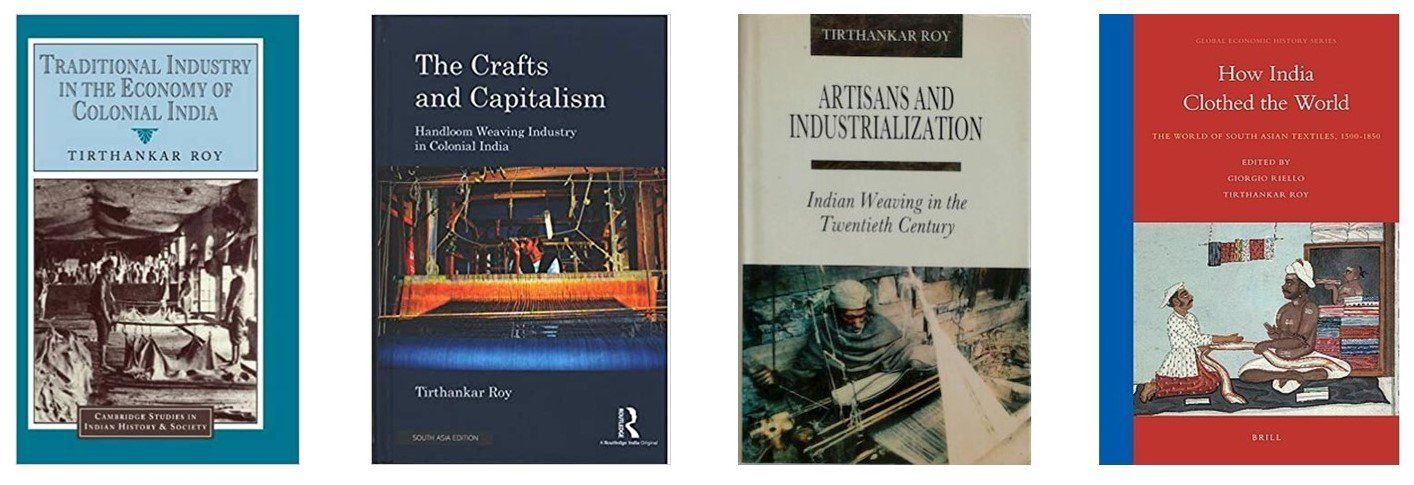Crafts and Capitalism: Re-thinking the link
Until the 1980s, historians believed British industrial goods destroyed India’s rich craft traditions, especially textiles. Machines like power looms and spinning frames were far more efficient than hand tools, making it hard for Indian artisans to compete. Crafts seemed excluded from industrial capitalism. But since the 1990s, scholars have rethought this view. They highlight how South Asian artisans showed resilience by using a different kind of capital: design skill. Machines tried to imitate this, with mixed success. This broader idea of capital brings crafts back into the story of capitalism and reshapes how we understand their transformation, which I explore in various writings.
